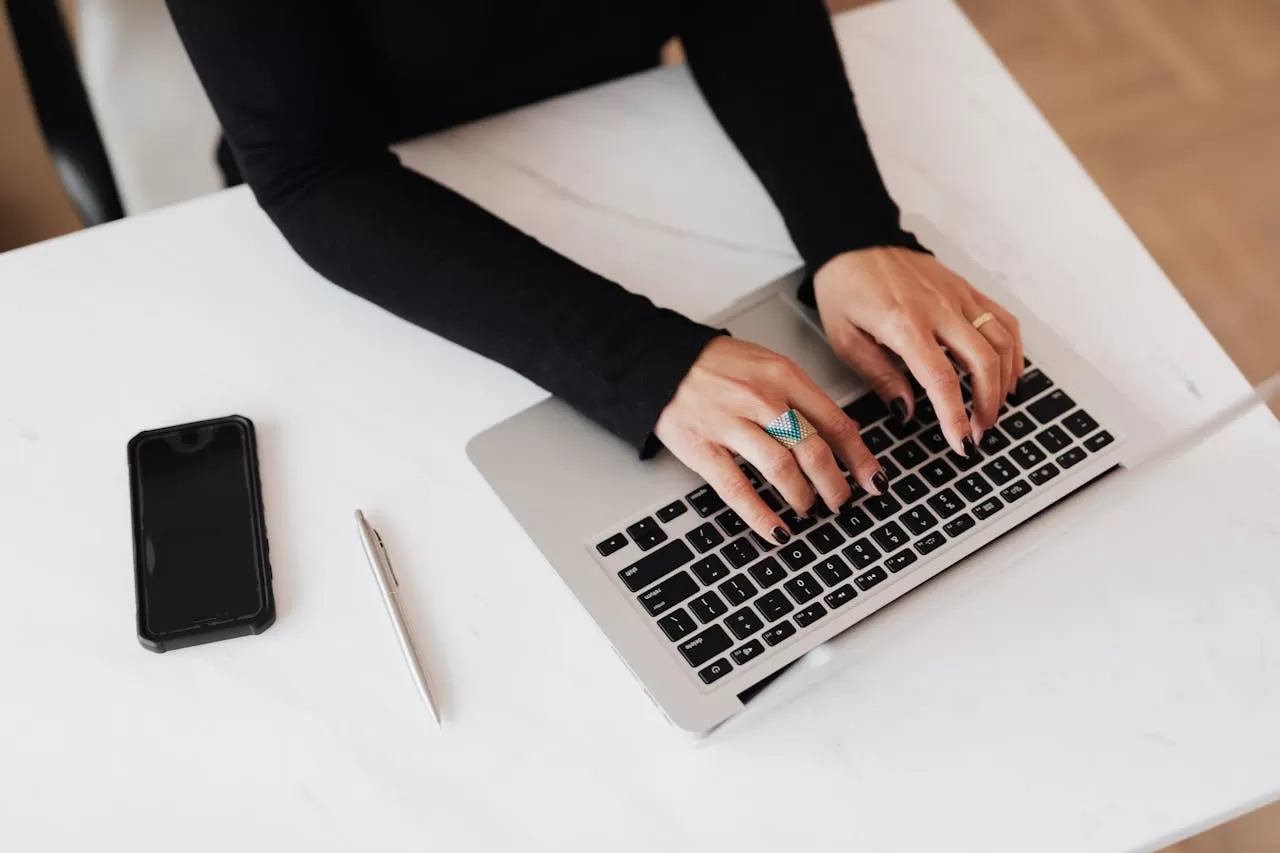Medical Patent Translation Guide: How to maintain the nuances of medical patents
Translating medical patents is a highly specialized task that requires precision, professional skills, and a keen awareness of the subtleties of language. Unlike general translations, medical patents involve complex scientific terms, legal terms, and subtle claims that can determine the validity and enforceability of intellectual property rights. This guide will introduce the significance of medical patents translation and explore how to maintain the nuances of medical patents during the translation process.
What is medical patent translation?
Medical patent translation involves converting medical patent documents (such as those for drugs, devices, or procedures) from one language to another, while ensuring accuracy and maintaining the legal and technical integrity of the patents. This is crucial for protecting intellectual property rights and ensuring global patent rights.
Why is accurate medical patent translation so Important?
1. Strengthen the protection of intellectual property rights
Precise translation services facilitate enterprises to smoothly complete patent processes within foreign judicial jurisdictions. This not only provides international protection for enterprises' intellectual property rights, but also enables them to effectively apply for patents in the global market, thereby enhancing their international competitiveness.
2. The accuracy and consistency of translation
Medical patent documents involve specialized terms, which require translators to be proficient in both the source language and the target language, and have a deep understanding of technical and legal concepts. The key to ensuring that the technical and legal terms throughout the entire document remain consistent during the translation process.
3. Promote global market expansion and access
By accurately translating patent documents into national languages, enterprises can complete patent registration in multiple countries, providing a solid legal foundation for protecting their inventions, creations, and innovative achievements on a global scale.
4. Ensure clear information and avoid misunderstandings
Accurate translation can ensure that key contents such as medical information, treatment instructions, and safety guidelines are conveyed to the target audience in a voice and understandable way. This helps to avoid misunderstandings caused by language differences or inaccurate translations.
How to ensure the nuances of medical patents
The translation of medical patents needs to ensure subtle differences, which places high demands on translators. If enterprises want to accurately translate medical patents, it is best to cooperate with professional translation companies. The following are some key considerations for ensuring the nuances of pharmaceutical patents:
1. Master the terminology
There are a large number of specialized terms in medical patents. Translators must establish robust glossaries, collaborate with medical professionals, verify the terms, and avoid ambiguity. Give priority to consistency and avoid excessive localization.
2. Understand the legal framework
Medical patents are first and foremost legal documents, and secondly technical documents. The translator must retain legal wording, be familiar with the Patent Office guidelines of the target country, and maintain the structure of claims. Ensure that patent claims are numbered hierarchically. Altering their sequence or scope will render the patent invalid.
3. Handle grammar and sentence structure
Pharmaceutical patents usually use long and complex sentences to ensure detailed descriptions. Although readability is important, priority should be given to the fidelity of the source structure to avoid missing key details. Interpreters should use moderate language and simplify rather than oversimplify the marks.
4. Cultural adaptation
Medical practices and regulations vary globally. Patent translation usually requires content adjustments based on the legal and cultural background of the target country. Translators must study regional medical laws to ensure that claims comply with local standards.
6. Comprehensive review
A strict quality assurance process is of vital importance. A comprehensive review should be conducted after translation to ensure that the claims in the translation fall within the scope of the original text. And verify the accuracy by translating the key parts back into the source language.
The advantages of Artlangs professional medical patent translation services
At Artlangs, we are well aware that accurate medical patent translation is of vital importance to enterprises. The translation of medical patents is not merely about translating words; it is more about preserving meaning, intention, and legitimacy across languages. The following are the advantages of cooperating with our professional translation:
1. Professional language expert team
Our translation team is composed of professionals with a strong medical background. They are proficient in medical and legal terms, ensuring accurate translation of complex concepts, medical devices, drugs, and treatment methods.
2. Comprehensive review process
We adopt a multi-level review process, with language experts, editors, and legal advisors jointly reviewing to ensure the accuracy of the translation at each stage. This ensures that the patent is correct and complies with the requirements of all jurisdictions.
3. Strict confidentiality system
We strictly abide by the confidentiality agreement to protect the confidentiality of all medical documents. We use advanced encryption technology for the storage and transmission of medical documents to prevent the risk of leakage during the storage and transmission process.
5. Timely and efficient service
We are committed to providing high-quality services that combine prompt response with efficient translation, ultimately ensuring that our clients' patents are submitted on time and safeguarding their innovative achievements.
6. Diversified solutions
We provide tailor-made translation solutions based on the specific requirements of our clients to meet their diverse and personalized needs. Our team is proficient in handling translation tasks in various medical subfields, including internal medicine, surgery, pediatrics, psychology, etc.
Conclusion
Medical patent translation is an art that intersects multiple disciplines. Success lies in coordinating the accuracy of technology and the rigor of law, while overcoming language and cultural barriers. By collaborating with Artlangs, your medical translation needs will be properly handled. Our translators can protect nuances, making medical patents both innovative and legally defensible. Please contact us immediately to get the best solution!
 en
en CN
CN en
en



